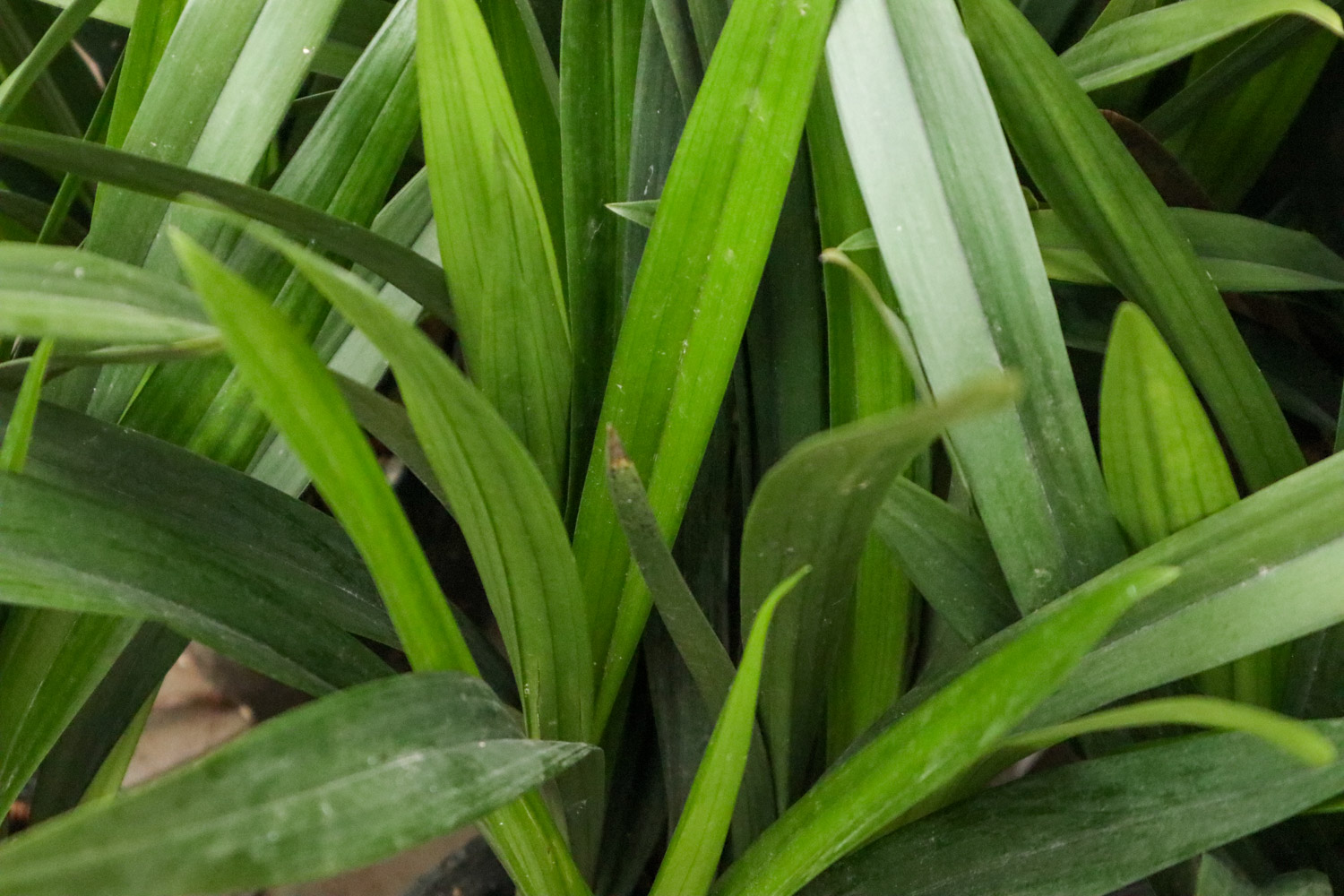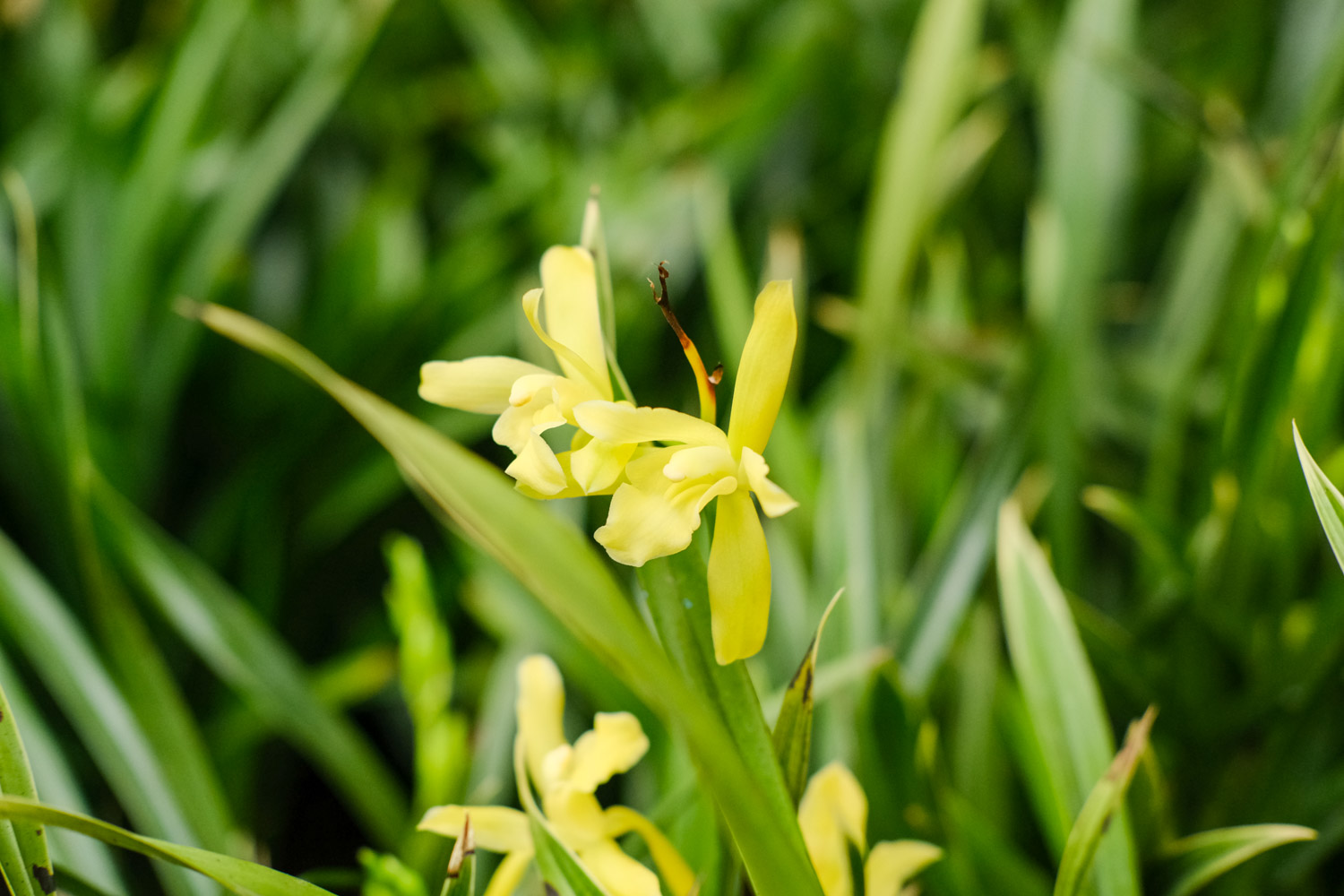Generally speaking, after two or three years of cultivating orchids, it will grow full. At this time, in order to improve the seedling rate and the number of breeding varieties, and promote the healthy growth of orchids, we can consider starting to separate plants. Timely branching can also prevent an orchid from getting sick and then infecting other healthy seedlings
1. Time
Orchid ramets should be carried out when it is relatively warm, and the temperature should be between 12-30 degrees. In addition to considering temperature, it is generally the best time for orchids to ramet at the end of flowering. Because at this time, the new bud growth point of the plant has not expanded, and the flower buds will not grow again. In this way, the probability of damaging the plant can be reduced as much as possible

2. Debasing
Before taking off the pots of orchids that need to be separated, it is necessary to stop watering for a few days to make the plant materials dry and loose and facilitate taking off the pots. When taking off the pot, pay attention not to take off the pot violently. Don't pull the orchid out. You can directly pour out the plant material and take off the pot to avoid hurting the orchid seedlings and buds
3. Root washing
Rinse the removed orchid seedlings under tap water. After the substrate is completely washed off, put it in a ventilated and cool place to dry. Appropriate light can also stimulate the dormant bud point of orchid plants and promote the later germination

4. Ramet
Comb the root system of the plant, take the conjoined body of the second or third generation as the unit, find the dividing point, slowly cut it with sharp scissors, and then cut it for the second time after the plants are completely separated. Note that before pruning, the pruning tools need to be sterilized. After branching, cut off some old roots, rotten roots and diseased leaves, and then spray bactericides such as carbendazim on the wound to prevent some bacteria from invading the plant from the wound
5. Planting
After the wound of the orchid is treated, it can be planted in pots. Pay attention to the selection of flowerpots with drainage holes and loose and breathable plant materials. It is best to sterilize before use. Don't fill in all the plants when you put them in the basin. You can expose the place one or two centimeters below the wound to promote the recovery of the wound. Wait until a week or two before completely covering the plant material


 how many times do yo...
how many times do yo... how many planted tre...
how many planted tre... how many pine trees ...
how many pine trees ... how many pecan trees...
how many pecan trees... how many plants comp...
how many plants comp... how many plants can ...
how many plants can ... how many plants and ...
how many plants and ... how many pepper plan...
how many pepper plan...

























